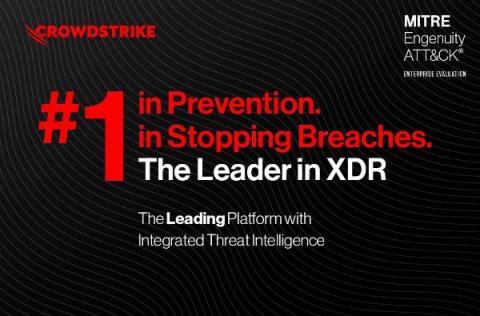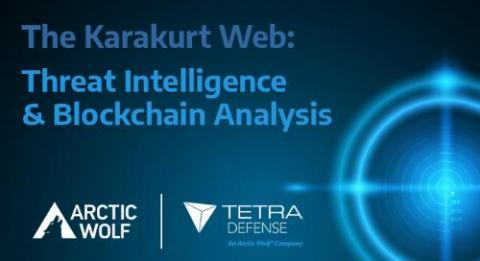Streamlining threat intelligence with Pulsedive and Tines
Professionals working in cyber threat intelligence (CTI) overwhelmingly enjoy their jobs; over 66%, according to a limited survey of CTI professionals. They enjoy playing detective, investigator, researcher, analyzer, and communicator. What do they not love about the job? Chasing down bits and pieces of information manually through tons of different interfaces. Wrangling a time-intensive monstrosity of various files, web pages, and inconsistent formats, then merging them (ungracefully).











